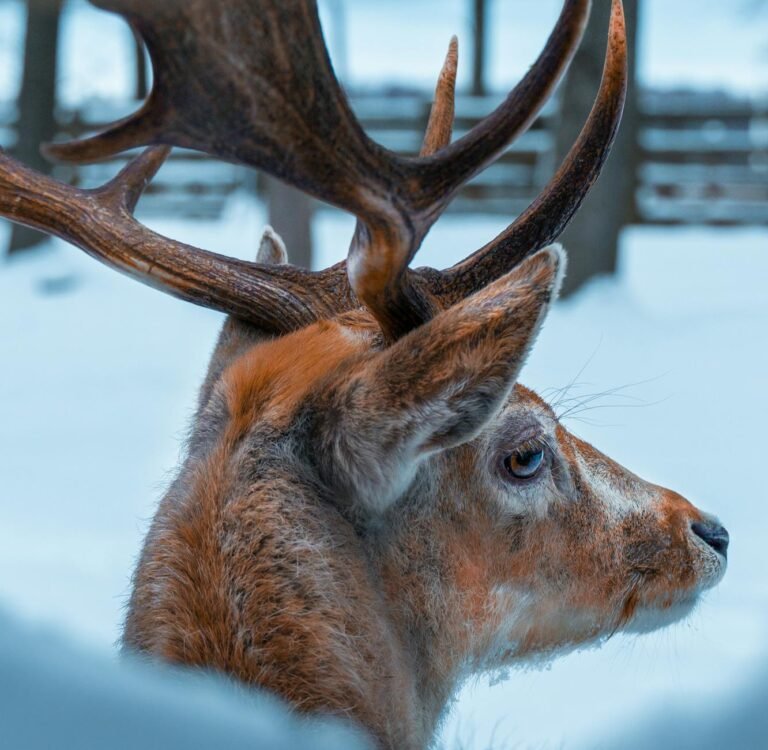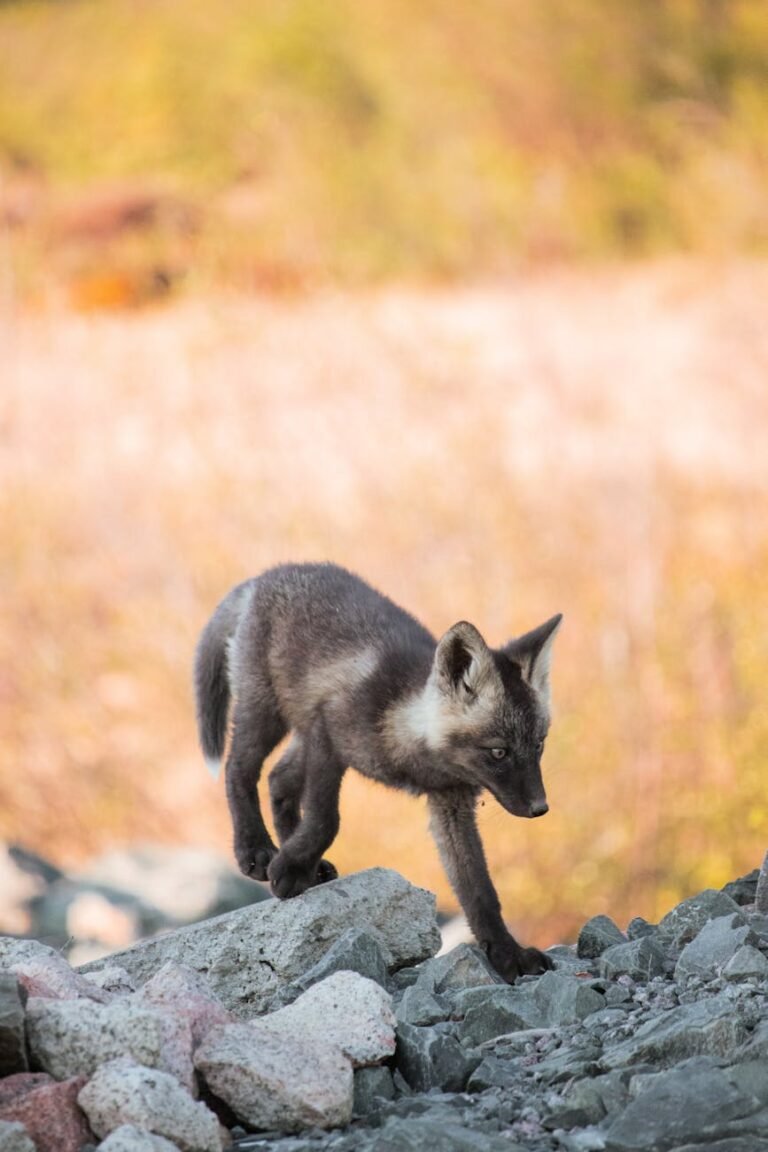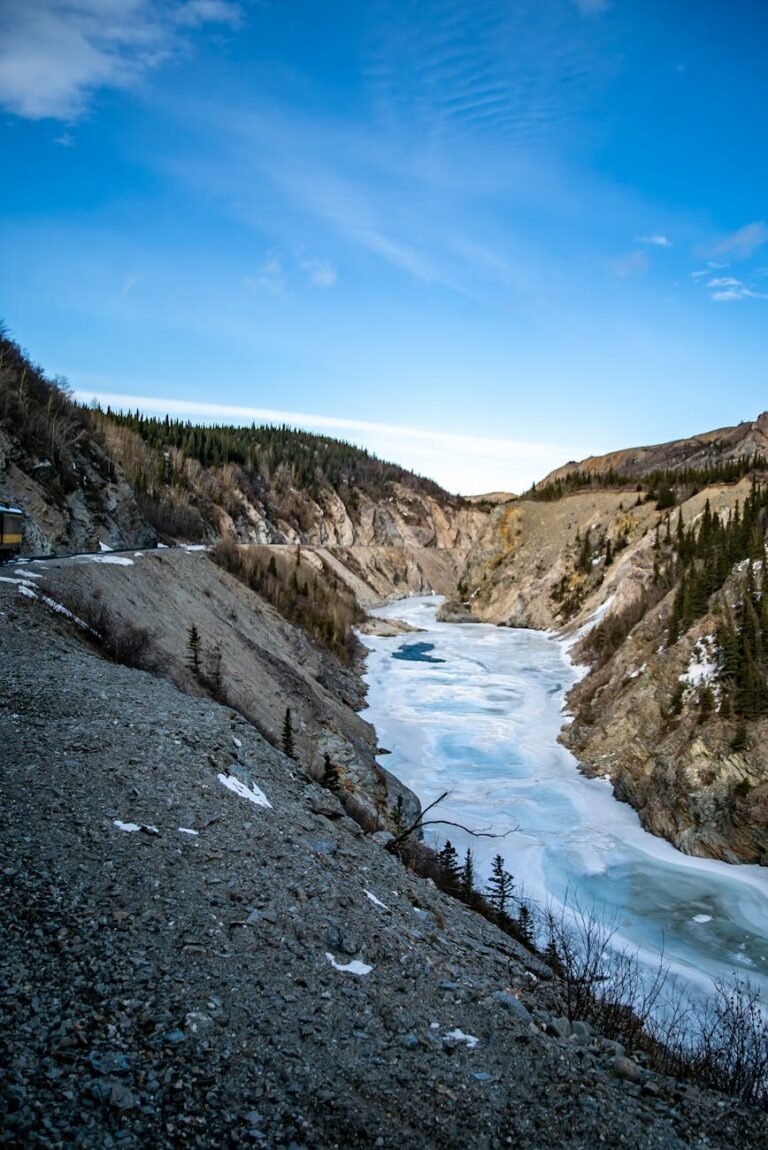Gates of the Arctic National Park Weather
Overview of Gates of the Arctic Climate
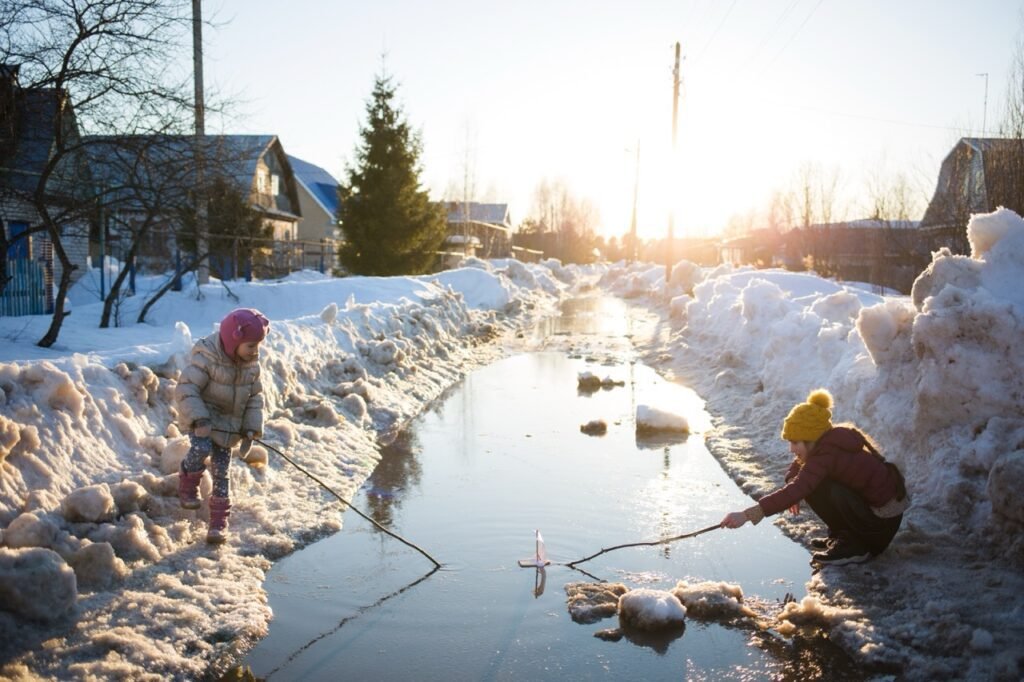
Gates of the Arctic National Park & Preserve in northern Alaska is a bit of a wild child when it comes to weather. It dances to the tune of a subarctic climate, thanks to the Köppen climate forte (Wikipedia). It’s got winters that feel like they last forever and summers that are basically the blink of an eye. Now, because it sits way up north, you never really know what to expect. One minute it’s sunny, and the next, a rainstorm’s got rivers swelling up out of nowhere (National Park Service).
It’s a place where Mother Nature likes to keep things interesting with temperatures swinging like a pendulum. Southern areas snug below the timberline face harsh winters but break out the shorts for ‘warmer’ summers. Up north past the tree line, summers are cooler, and winters get a bit of a reprieve. Oh, and did I mention the wind? It blows pretty fierce no matter where you are!
| Climate Feature | South Side Brooks Range | North Side Brooks Range |
|---|---|---|
| Winter Temperature | Below 0°F | Slightly Warmer |
| Summer Temperature | Relatively Warmer | Cooler |
| Annual Precipitation | Low | ~5-10 inches |
| Wind Condition | High Winds | Increased Winds |
If you want the full scoop on how the weather might shake up your adventure, peek at our arctic national park travel guide.
Impact of Warming Temperatures

The warming trend is making waves in Gates of the Arctic National Park. Between 1985 and 2017, folks noticed a significant shrinkage of about 13 square kilometers in those never-melting snowfields (Wikipedia). With temperatures on the rise, permafrost is turning into mush, leading to some serious land movement and erosion.
This shifting climate doesn’t just mess with nature—it could mean trouble for your plans. Melting permafrost can shake up the ground, causing trails to vanish and campgrounds to play hide-and-seek. And with moody weather swinging through, you might face tricky river crossings or walks interrupted by lightning and heavy rains (National Park Service).
| Time Period | Snowfield Decrease |
|---|---|
| 1985-2017 | 13 km² |
Planning a visit? You’d do well to take a gander at the weather forecast before heading out. For a full packet of tips and tricks, drop by our visiting gates of the arctic national park page.
Knowing what’s happening with the climate and keeping an eye on warming trends will make your visit to Gates of the Arctic National Park safer and a whole lot more fun. Whether you’re all about pitching a tent, hitting the trails, or just soaking up all that wild beauty, staying in the know helps you roll with whatever nature throws your way.
Bear Safety Awareness
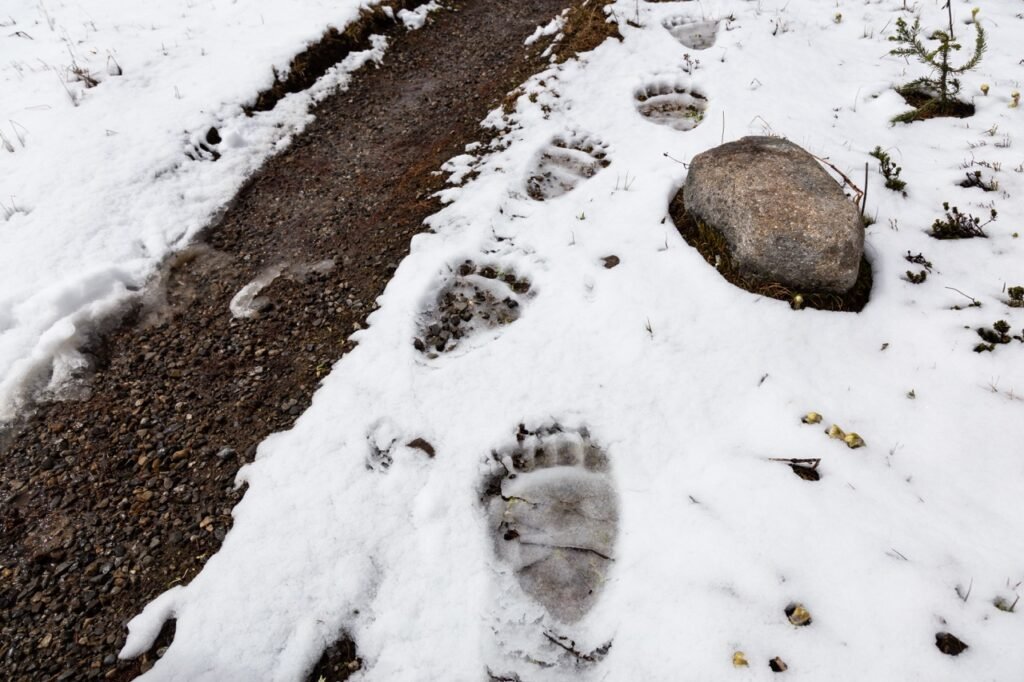
Heading out to explore Gates of the Arctic National Park? You’re in for a real treat! But don’t forget, it’s also a homey hangout for bears. Knowing how to handle a surprise bear visit is gonna keep both you and the fuzzballs safe and sound.
Bear Encounters in the Wild
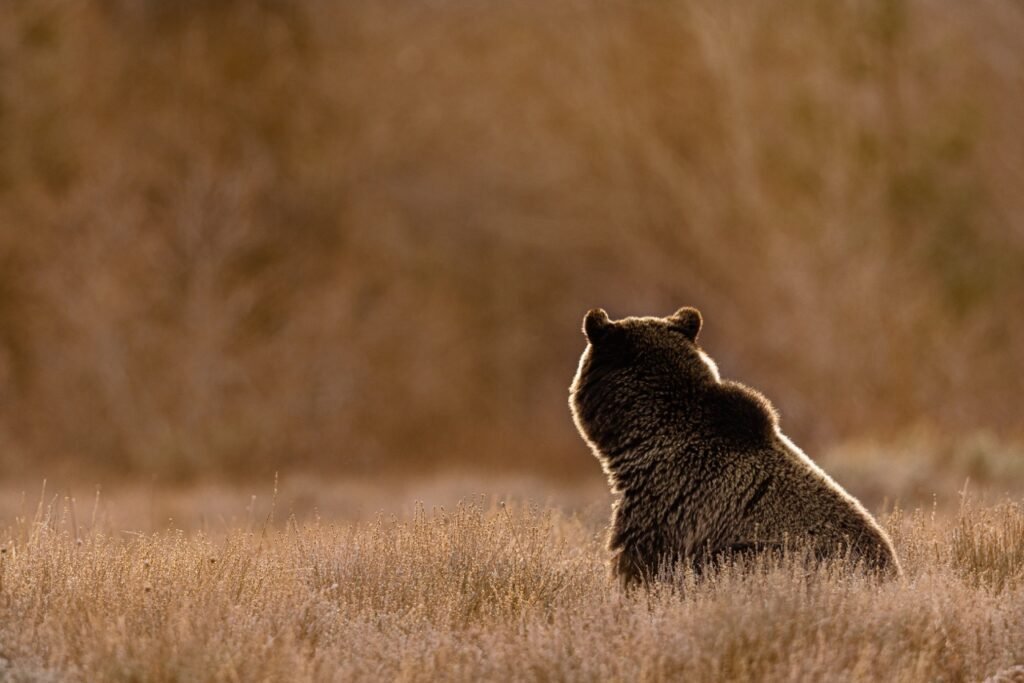
Catching a glimpse of a bear in the wild? Now that’s a good story for your friends. But a bear that’s learned to snack on your trail mix can be trouble. So here’s the lowdown, straight from the folks over at the National Park Service:
- Give bears their space: Stay at least 100 yards away—no zooming in real close with that camera!
- Lock up your snacks: Use bear-proof containers or hang food up outta reach.
- Stay sharp: Be on the lookout for bear clues like tracks or scat.
- Avoid their buffet spots: Especially during feeding times, skip the sedge meadows and berry patches.
Stick to these tips, and you’ll likely have a drama-free and fantastic time adventuring through the park.
Reporting Bear Encounters
Run into a bear while roamin’ around? It’s time to let the park rangers know. Sharing your experience ain’t just for gossip; it’s crucial for keeping both bears and people safer (National Park Service).
Here’s your game plan if you bump into a bear:
- Stay Cool: Panic? That’s a no-go. Relax and try to seem friendly, not threatening.
- Back Off Gently: Give the bear a wide berth to make its exit.
- Listen Up: Park rangers are the squad leaders here; follow their lead.
Got bear stories to tell? Pop by the nearest ranger station or visitor center to give them the scoop. Your info is gold for making this place safer for everyone.
Wanna be bear-prepared? Check out more tips in our guide on visiting Gates of the Arctic National Park.
| Bear Encounter Tips | Description |
|---|---|
| Keep a Safe Distance | Stay at least 100 yards away from bears. |
| Secure Your Food | Use bear-proof containers or hang food. |
| Be Aware of Surroundings | Look for bear signs like tracks and scat. |
| Avoid Seasonal Areas | Steer clear of sedge meadows and berry patches. |
For extra peace of mind, watch the giggle-worthy yet informative “Staying Safe in Bear Country” video from the International Bear Association. Highly recommended by the National Park Service.
To keep your visit both action-packed and safe, bone up on bear safety by hitting up a safety orientation. Check out more stuff to do at things to do in Gates of the Arctic National Park.
Exploring the Park

Bear Safety Rundown
Planning a trip to Gates of the Arctic National Park? Well, bears are part and parcel of the package deal! Pretty vital to know how to keep yourself and them in good shape. Step one? Bear safety is no joke—get yourself to one of the park’s bear safety orientations pronto. You’ll want to catch the International Bear Association’s Staying Safe in Bear Country video. Even after all these years, it’s still top-notch for learning the do’s and don’ts (National Park Service).
Being “bear aware” isn’t about roaring like a bear—it’s about knowing how they think and what to do if you find one looking your way. Key moves include staying chill, giving them plenty of room to roam, and showing respect for where they live. With a bit of prep from the video and guidance from park pros, you’ll be set for a bear-safe adventure. For further safety hints, check out our visiting gates of the arctic national park guide.
Picking Campsites Like a Pro
Choosing a campsite is a bit like picking the best spot in the movie theater—except there might be bears in the rows behind you! So, picking the right place in Gates of the Arctic isn’t just about the view; it’s about steering clear of bear hangout zones. Avoid places where bears might be chowin’ down, like sedge meadows or berry patches, especially when they’re on the prowl for snacks (National Park Service).
When you’re all set to pitch that tent, keep an eye out for anything that screams “bear was here”—tracks, scat, or whatever. Find yourself a spot that’s got a good line of sight, so you can spot any furry friends from a mile away, and have an exit strategy in mind. For more nitty-gritty details, see our article on arctic national park accommodations.
| Safety Tips | Your Move |
|---|---|
| Skip Bear Zones | Dodge sedge meadows and berry patches like the plague. |
| Check Around | Scout for bear prints, droppings, or anything that says “bear territory.” |
| Space and Escape Routes | Pick campsites with a clear view and a quick getaway path. |
Stick to these pointers and keep an eye on bear habits, and you’ll be soaking up the awe-inspiring views at Gates of the Arctic without a hitch. For more ideas on what to do, hop over to our guide on things to do in gates of the arctic national park.
Weather Patterns
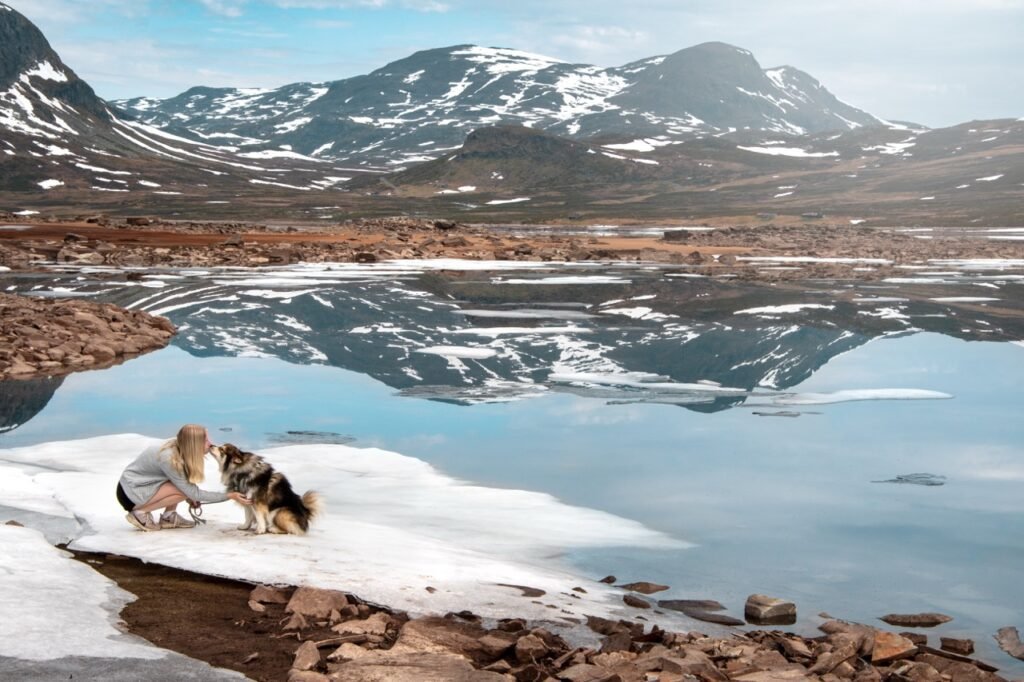
Figuring out the weather in Gates of the Arctic National Park will save you a ton of headaches when planning your adventure. This park is way up north, bringing with it some pretty unique weather that changes the game depending on the season.
Alaskan Summer Season
Summer in this part of Alaska, from mid-June to mid-August, isn’t the bikini weather you might think. The Gates of the Arctic National Park gives you a short, mild summer. But don’t be fooled; Arctic weather has a mind of its own.
| Month | Average High (°F/°C) | Average Low (°F/°C) |
|---|---|---|
| June | 45 / 7 | 32 / 0 |
| July | 55 / 13 | 40 / 4 |
| August | 50 / 10 | 35 / 2 |
While you’re there, daytime temps could hit over 80°F (27°C), maybe even up to 90°F (33°C) if you’re in Fairbanks (Alaska Tours). But nights can still get chilly, so bring some extra layers.
The weather changes quicker than you can say “torrential downpour,” so expect everything from sudden showers to fierce thunderstorms (National Park Service).
If you’re curious about the shifting seasons, jump over to our page on visiting Gates of the Arctic National Park.
Winter in Gates of the Arctic
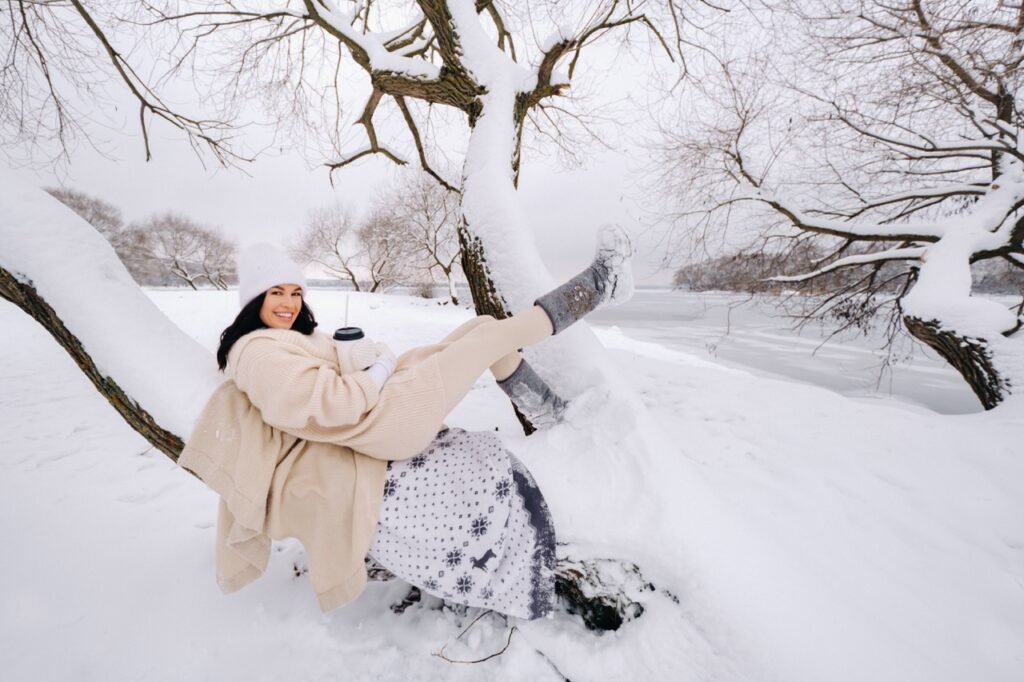
From November to March, saying it’s cold is like saying water’s wet. It’s freezing, with temps dipping between 0°F (-18°C) and seriously cold -30°F (-35°C) (Alaska Tours).
| Month | Average High (°F/°C) | Average Low (°F/°C) |
|---|---|---|
| November | -10 / -23 | -20 / -29 |
| December | -15 / -26 | -25 / -32 |
| January | -20 / -29 | -30 / -35 |
| February | -15 / -26 | -25 / -32 |
| March | -5 / -21 | -15 / -26 |
In the depths of winter, things can get extreme; the thermometer can plunge to -50°F. Snow usually starts sticking by mid-September, and big snowfalls roll in by August’s end (NPS – Gates of the Arctic National Park & Preserve).
Get ready for these icy conditions because snow and those below-zero temperatures don’t really check the calendar. You’ll want to peek at our arctic national park travel guide for advice on gearing up for the cold.
Regional Temperature Variations
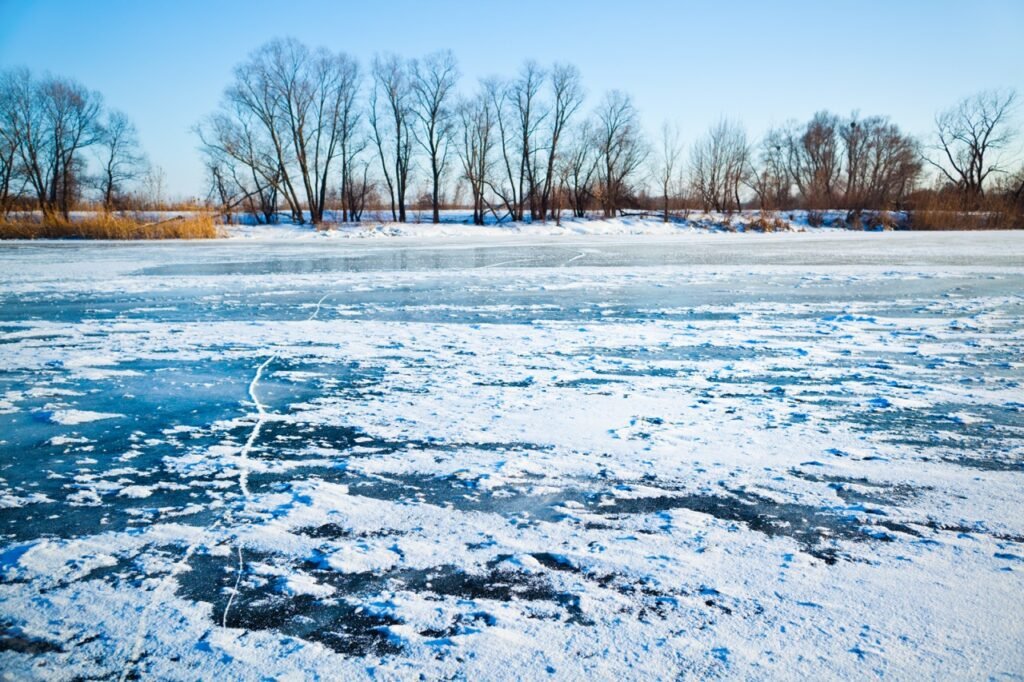
Notable Climate Regions
Gates of the Arctic National Park is a massive chunk of northern Alaska, serving up a smorgasbord of climates. Fancy geography fans will appreciate its neighbors like the North Slope, the Arctic Coastal Plain, and the Yukon River uplands, each showing off its own style of weather. Getting a grip on these weather quirks is pretty vital when you’re planning a trip to Gates of the Arctic National Park.
- North Slope: Imagine living in your freezer; this place hits some of Alaska’s chilliest lows, especially in winter. It’s all tundra and darkness when winter rolls around.
- Arctic Coastal Plain: Think icebox life again but with a side of slightly warmer breezes for a smidgen during summer. Snow is more loyal than your dog here, sticking around for eight months.
- Yukon River Upland Drainages: Offers a roller coaster of weather with temps just a little bit less frigid than its coastal cousins, but don’t toss out your thermals just yet.
Here’s the cheat sheet on what to expect weather-wise:
| Region | Summer Temp (°F / °C) | Winter Temp (°F / °C) |
|---|---|---|
| North Slope | 30-40 / -1 to 4 | -20 to -40 / -29 to -40 |
| Arctic Coastal Plain | 35-45 / 2 to 7 | -25 to -35 / -32 to -37 |
| Yukon River Upland | 45-55 / 7 to 13 | -15 to -30 / -26 to -35 |
Winter Conditions & Preparation
In Winter, Gates of the Arctic comes alive with its chilly charm from November to March, starring temps from a “lovely” 0°F (-18°C) to a numbing -30°F (-35°C). Rolling up well-prepared means you’re in for one heck of a ride minus the frostbite.
- Layering Clothing: Gotta stack those clothes like a pro! Start with something that chucks moisture, then pile on the fleece or down, capped with waterproof layer magic.
- Heat Packs and Insulated Gear: Chuck in those hand warmers and make sure your sleeping stuff is ready for polar bear conditions.
- Food and Water: Think high-calorie munchies that your frostbitten fingers can whip up fast. Melting snow for water might just save your life out there.
- Navigation and Safety: A trusty GPS and a satellite communicator? Yes, please. Also, make sure someone knows you’re not just lost in the snow for fun.
Getting all set before tackling the park’s winter joys makes for an unforgettably frosty adventure. For extra survival tips in this snowy wonderland, cruise through our arctic national park travel guide and know where to crash from our arctic national park accommodations.
Knowing the temper-tantrum weather at gates of the arctic national park is essential for a safe romp across its wild heart. Got a thirst for more intel or stuff to get up to? Check out the other cool bits we’ve put together for your icy escapade.
Wildlife Impact
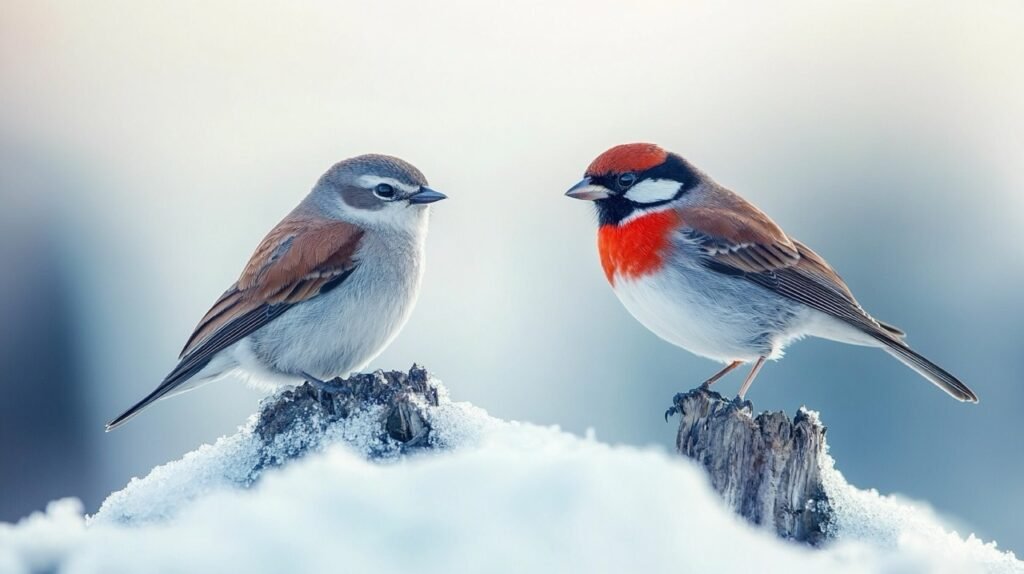
Ever wondered how climate changes shake things up for critters at Gates of the Arctic National Park? Not just a pretty place, the park’s critter community is getting a makeover thanks to shifting plants and some wacky weather.
Shrubs’ Movement & Wildlife
As the Earth warms up, shrubs are packing their bags and moving north. This shrub shuffle is rolling out the welcome mat for moose, beavers, and songbirds—think of it as a new neighborhood with top-notch grub and cozy nooks.
But not everyone’s thrilled about this leafy invasion. Caribou aren’t big fans, as their favorite hangout, lichen-rich tundra, is getting the boot. Plus, with more shrubs playing house, there’s a whole lot more stuff to burn, potentially sparking more wildfires.
| Animal | Impact of Shrubs’ Movement |
|---|---|
| Moose | More room to roam |
| Beavers | New digs to claim |
| Songbirds | Extra crash pads |
| Caribou | Less lichen to munch |
Environmental Changes Impacts
And it’s not just about shrubs going on a field trip. Other climate shenanigans are stirring the pot in Gates of the Arctic (NPS). Warmer summers, longer time to grow plants, and crazier snow dumps are messing with the critter food pyramid.
Animals like sheep and goats, who love hanging out where the air’s thin, might find their sky-high buffet seeing some new menu items as plants get comfy at higher spots. This change means new food problems for our high-flyers.
| Environmental Change | Impact on Wildlife |
|---|---|
| Warmer Summers | Food buffet remix |
| Longer Growing Seasons | New digs, new probs |
| Heavier Snowfall | Food chain switcheroo |
Scientists and park rangers are keeping a close eye on these changes to figure out how to keep things balanced. For more scoop on park critters, check out our piece on arctic national park wildlife.
Getting a handle on these shake-ups means you’ll get the most out of your trip to Gates of the Arctic National Park. Be sure to peek at our arctic national park travel guide to gear up for your trip and spot some cool wildlife.


